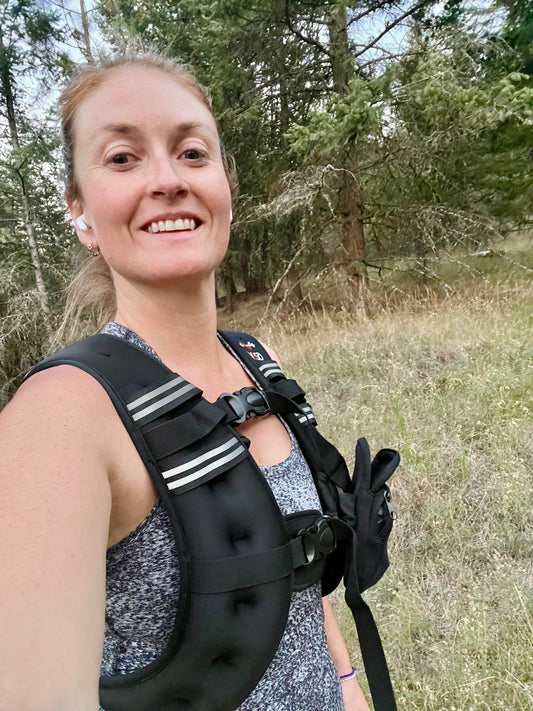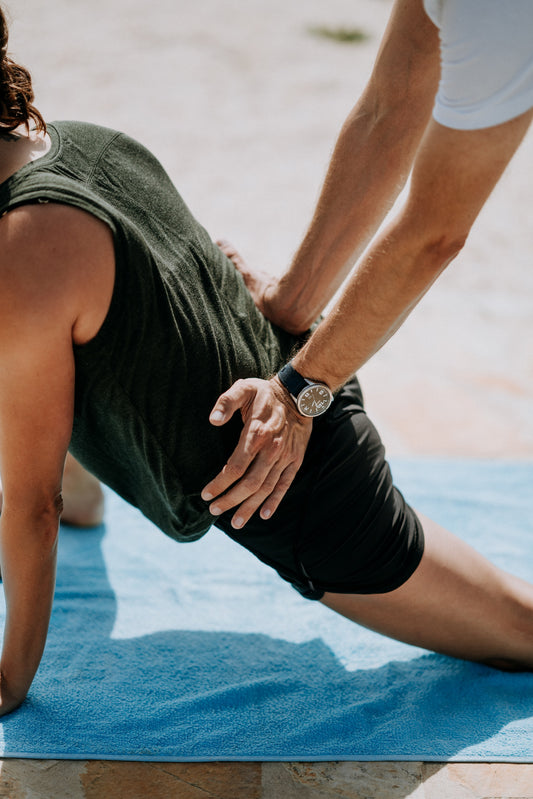Have you been experiencing knee pain and discomfort? Do you find it difficult to climb stairs or do activities that used to be easy? If so, you might be wondering what could be causing your symptoms. One possible culprit could be patellofemoral syndrome, a condition that affects the kneecap and surrounding structures. In this blog post, we'll take a closer look at patellofemoral syndrome, its symptoms, and what you can do to find relief.
Understanding Patellofemoral Syndrome:
Patellofemoral syndrome, also known as runner's knee, is a common knee condition that occurs when the patella (kneecap) does not move properly along the femur (thighbone). This can result in pain and discomfort around the front of the knee, especially during activities that involve bending or weight-bearing. While it's often associated with athletes, patellofemoral syndrome can affect anyone.
Recognizing the Symptoms:
1. Pain around the kneecap: The most common symptom of patellofemoral syndrome is pain around or behind the kneecap. This pain may be dull or achy, and it can worsen with activities such as running, squatting, or sitting for long periods with knees bent.
2. Grinding or popping sensation: Some individuals with patellofemoral syndrome may experience a grinding or popping sensation when they bend or extend their knees. This is often caused by the misalignment of the kneecap.
3. Swelling and inflammation: The affected knee may appear swollen or inflamed. This can be a result of increased friction and irritation within the joint.
4. Difficulty with stairs and hills: Activities that require bending the knee, such as climbing stairs or walking downhill, may become challenging and painful for individuals with patellofemoral syndrome.
Taking Action:
If you suspect you may have patellofemoral syndrome, it's important to seek medical attention for an accurate diagnosis. A healthcare professional, such as a physiotherapist, can evaluate your symptoms, review your medical history, and conduct a physical examination.
Treatment Options:
The good news is that patellofemoral syndrome is typically manageable with conservative treatment methods. Here are some strategies that may help:
1. Rest and modify activities: Reducing or modifying activities that make your pain worse can provide relief and allow the knee to heal. This doesn't mean you have to stop exercising altogether, but rather finding alternative low-impact activities that don't aggravate your knee.
2. Strengthening exercises: A physiotherapist can guide you through specific exercises to strengthen the muscles around the knee. Stronger muscles can help support and stabilize the kneecap, reducing pain and improving alignment.
3. Stretching and flexibility exercises: A physiotherapist can provide you with gentle stretching exercises to help improve flexibility and reduce tightness in the muscles surrounding the knee. This can alleviate stress on the patellofemoral joint.
4. Orthotics and bracing: In some cases, your healthcare provider may recommend using orthotics or knee braces to help support the knee and improve alignment. These assistive devices can help reduce pain and provide stability.
If you're experiencing knee pain and suspect you may have patellofemoral syndrome, it's crucial to consult a healthcare professional for an accurate diagnosis and appropriate treatment plan. Remember, everyone's experience with patellofemoral syndrome is unique, and the severity of symptoms may vary. With the right approach, including proper treatment with a physiotherapist, you can manage this condition and get back to enjoying the activities you love, pain-free.
If you are dealing with knee pain, our expert movement coaches on Stream TBC have resources to support you - join FREE now!








